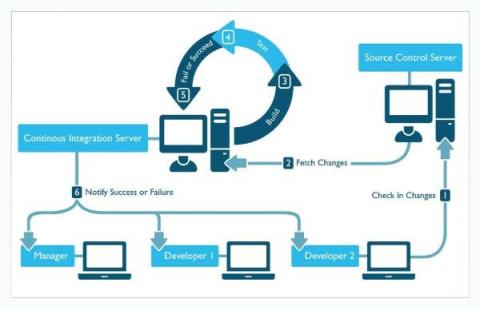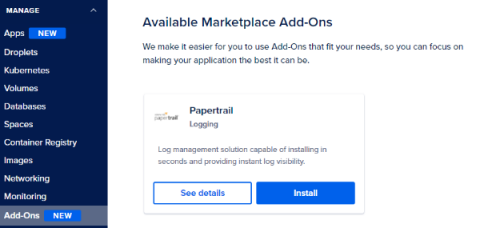Continuous Performance Management Basics
In this blog post, we will walk you through how to develop a continuous performance management playbook for your business to effectively integrate and manage performance as an integral part of your development process – enabling you to build fast experiences faster than your competition. Let’s dive in!








